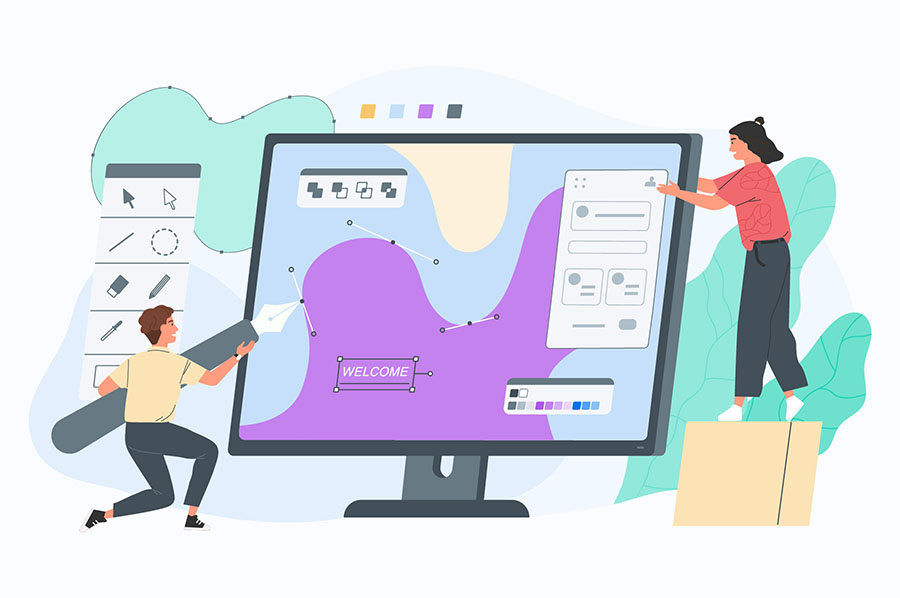
Trying to find the exact answers to your web design questions can be frustrating. There is nothing more annoying that having to look through too much content for the right information. Use the following advice to really improve your website.
Use graphics that are right for your website. Keep in mind how big a bitmap image is, but using PNG images work better. For non-photographic images, text buttons, and screen shots, use PNG or GIF. For pictures, use JPEG images.
If you want to maximize the potential of your website design, ensure that your pages appear correctly on all web browsers, so any visitor can view them. What works in Chrome may not present properly in Safari, Internet Explorer or Firefox. Prior to releasing your website to the public, you should verify that all of your webpages appear as intended on every popular web browser.
Avoid use of too many different fonts in any one web design. Depending on what browser you use, or type of computer screen resolution, different fonts might be difficult to read. Many sites make use of Verdana, as it can be read in many sizes and colors.
Older Versions
Your website should be optimized to include older versions of web browsers such as Internet Explorer. Most people have a love-hate relationship with IE; however, many people are still using it, including older versions. The older versions do not render all site elements to comply with web standards, which means using workarounds. In particular, learn about the famous “box model bug”, an old thorn in IE.
Optimize load times on your website. If visitors have to wait too long, they will likely leave. Try reducing how many graphics you use, as well as how much Flash and JavaScript is on your site, optimize your HTML code, make use of server caches and minimize your use of JS and CSS code.
Do not forget to test your site on several major browsers. Every browser is different; as a result, each can interpret your design in a slightly different way. While sometimes these differences do not make a difference, there are times when it can transform the look dramatically, or create an entirely different experience for your site visitors. You can find more about which browsers are most in use and focus on them, so hunt down this information. Use different browsers to test your website, even mobile web browsers.
You don’t have to fill every pixel on the screen with content! Filling every last pixel of available space can produce a cluttered effect your visitors may find overwhelming. However, by leaving some space between your site’s content, you can provide your visitors with an experience that’s more comfortable. Sometimes, empty space can contribute to the look of a page as nicely as content does.
While there will be plenty of attractive designs and strategies, you need to use your own imagination when designing your site. Come up with your own ideas and features or improve upon some that you admired on other sites. Following through with this step will make your overall design more effective.
The tips outlined here can help you design a solid and effective website. Fortunately, you landed here and found this great info. Use this advice as soon as you can when making your web page.
